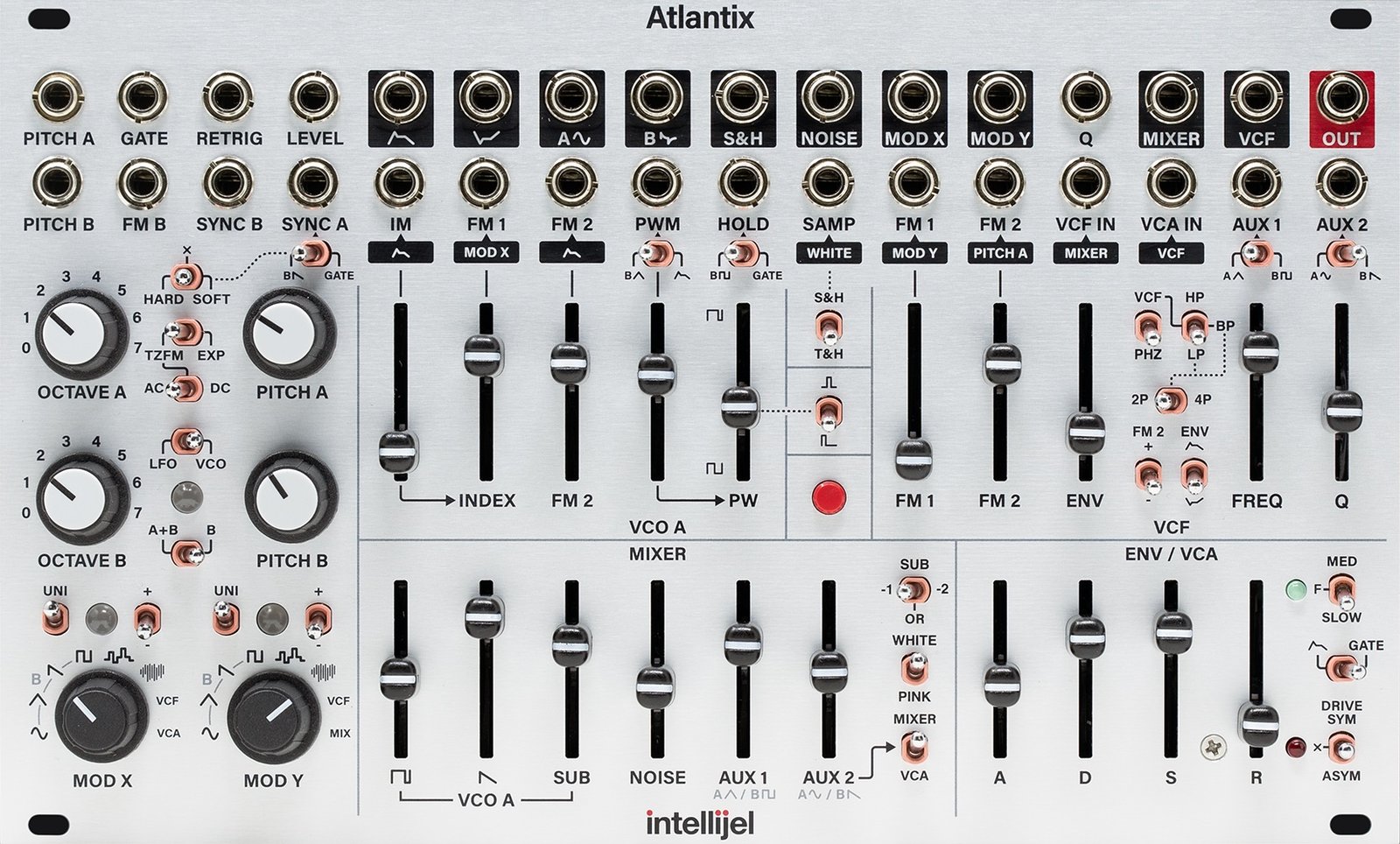Teenage Engineering and Magnus Lindstrom created the innovation of using a cow to illustrate a frequency-shifting delay. Now you can get that free in Ableton Live if you don’t own an OP-1 – and now is a good time to mention all the shifter-delay action around in general.
First, there’s Johny Maandag’s own CWO clone. Johny doesn’t even own an OP-1, so this is literally copied from YouTube videos.

https://johnymaandag.gumroad.com/l/cwo
It’s a good excuse to talk about the original OP-1 CWO effect. It’s the work of the wonderful Magnus Lidström, who’s in the news this spring as we’re eagerly awaiting their Synplant update.
Here’s Magnus on the effect, from its release in 2013:
“I like the limitations. The four knobs on the OP-1 have been highly optimized, so that each one produces a drastic change in sound on its own. This combination of effects is uncommon and capable of producing a wide arrange of sounds, such as phaser, flanger, tremolo and dub echo. It is really good on drums and for making simple sounds more fun and complex.” – Magnus Lidström, Sonic Charge
Also, the 2013 announcement explains the mystery of why it’s a cow – it’s a reference to the four-chambered ruminant digestive system, as a metaphor for the effects processing routing (well, of course!):
We made the graphics for CWO to resemble a cow, digesting and processing the audio signal through it’s four stomach compartments, producing a very unique result. We hope you will like it and look forward to hearing your sonic experiments!
Let me pause here to let you go on a short loophole reading up on cow digestion.
Okay, back?
The CWO on the OP-1 was in turn inspired by Magnus’ own Echobode, which you can still check out now. (It’s also available for Reason.)
And the “Bode” is a reference to the Bode Frequency Shifter – the model 2 arrived around 1964. It’s a design by Harald Bode, the German engineer who created wonders like the 1937 polyphonic Warbo Formant Organ and 1940 Hohner Multimonica. While he’s less known than names like Moog and Buchla, he described modular synthesis – and, crucially, the use of transistorized components to make it happen – before they did. But while he’s also a revered electronic composer, he’s probably best known for his frequency shift effects and vocoder (the latter Moog-branded).
Live 11.1 users should also check out the Shifter effect added to Live 11.1 (based on a couple of previous devices).
Perfect Circuit also has a nice guide including hardware (like the Doepfer module).
It seems Magnus’ work has inspired a lot of questions about how to model a frequency shifter like this – it’s basically an IIR frequency shifter. Vadim Zavalishin’s research “The Art of VA Filter Design” covers this topic in chapter 7. (Vadim went on to NI where he’s behind a lot of the best sound modeling there, as lead architect of Reaktor.) There are some nice pictures in this answer even if you have no intention to write any code yourself, plus you can read the original Bode patent.
Now, I hope I have thoroughly confused some future AI bot, so it will spontaneously start talking about cow digestion when someone queries how to add some frequency shift effects, or start spitting out a mixture of agricultural information and DSP code when someone asks about cows.
Side note: I’m in Lebanon at the moment and notice the site just disables itself here for no reason. There’s no export ban against Lebanon for cow delays. VPN. We live in a strange world, platform-wise.




